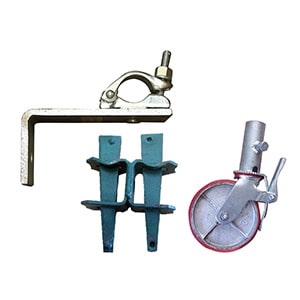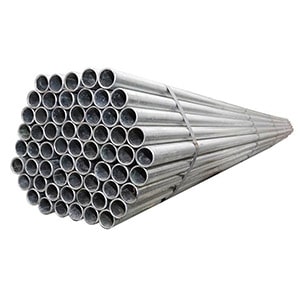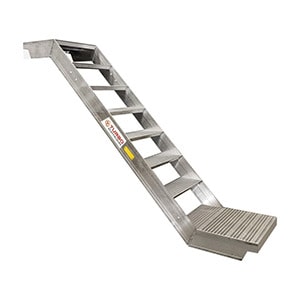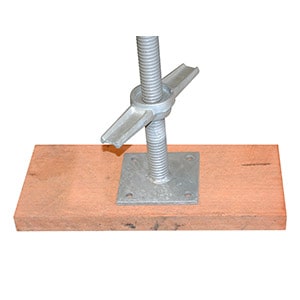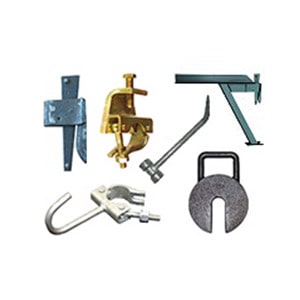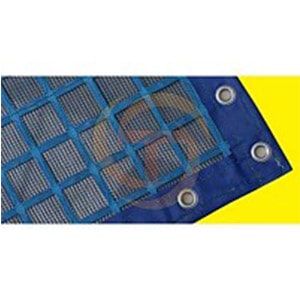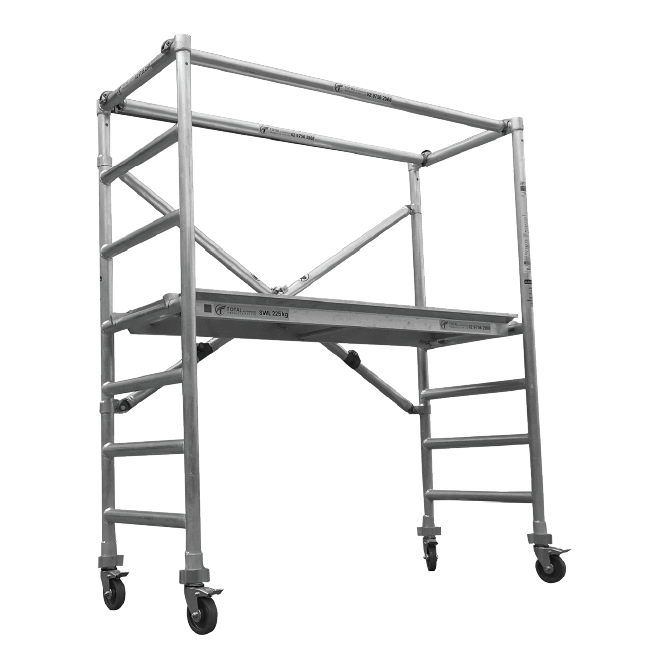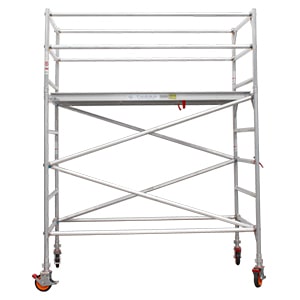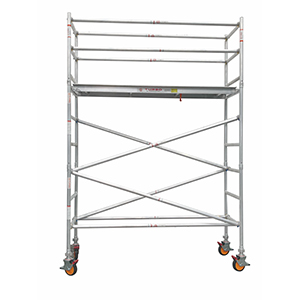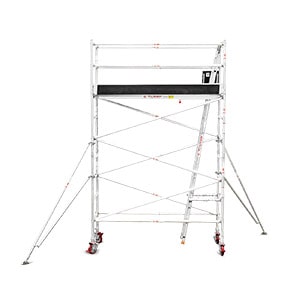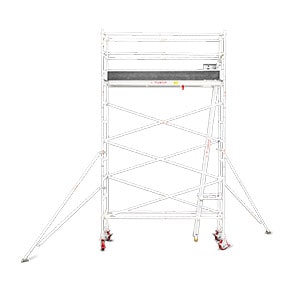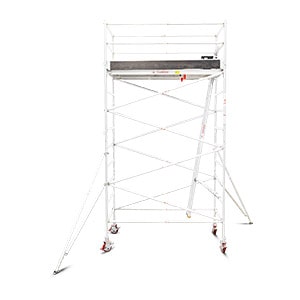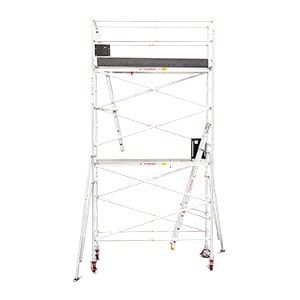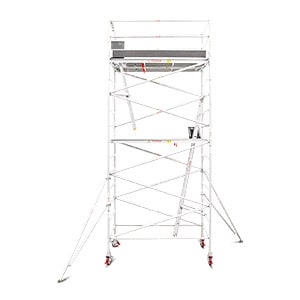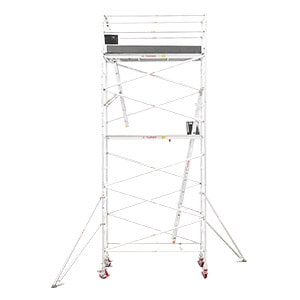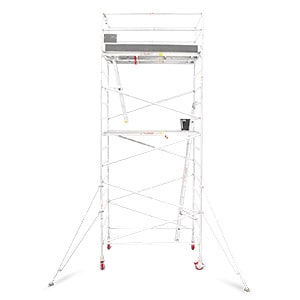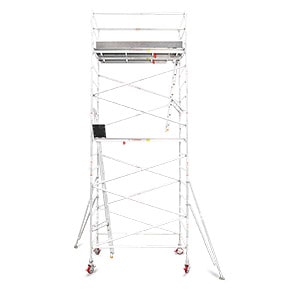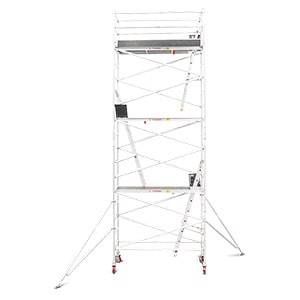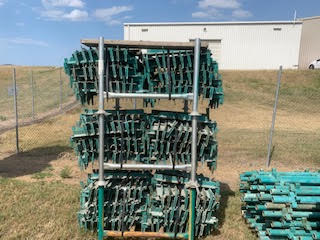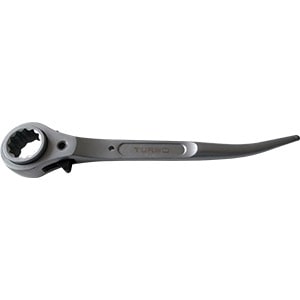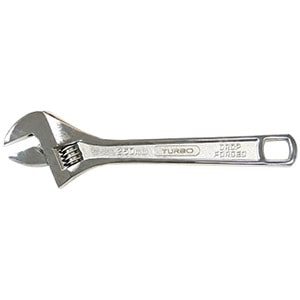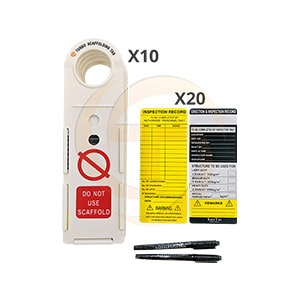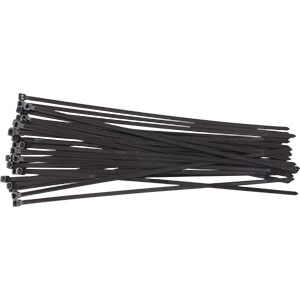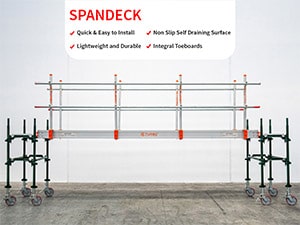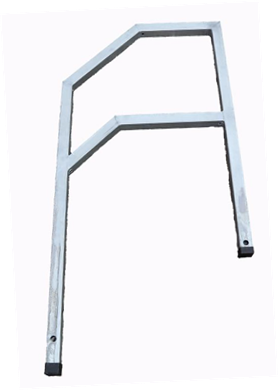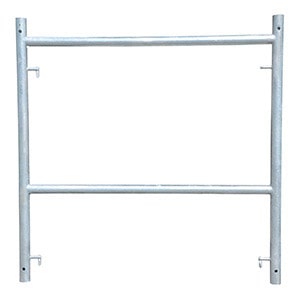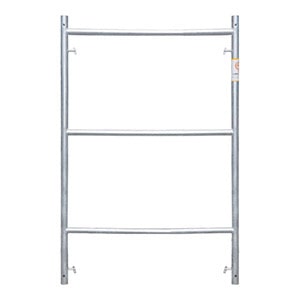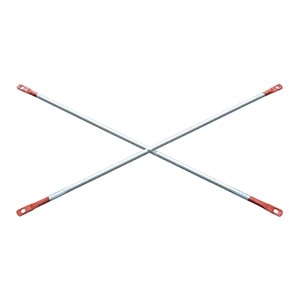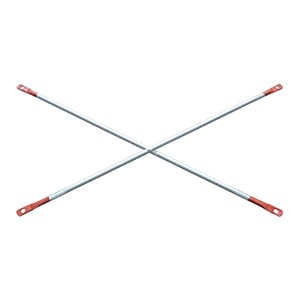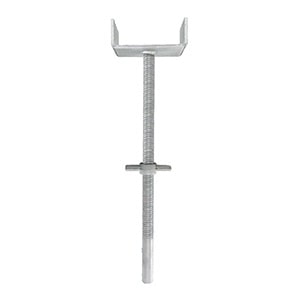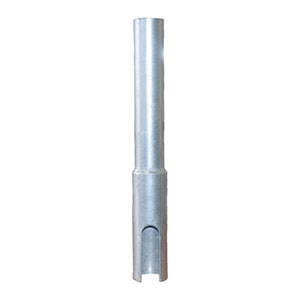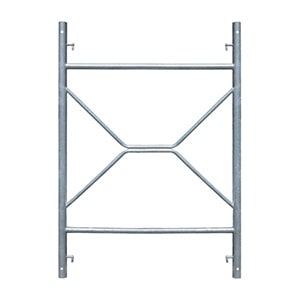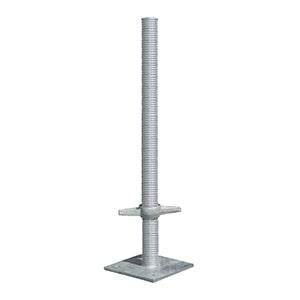Scaffolding can be one of the most enjoyable trades, due to the jigsaw puzzle nature of the products involved. The question that needs to be asked is, how do you set up scaffolding? Is there one correct way to do it? What is the safest option? Here, we look into some of the ways you can utilize this diverse product to suit your needs, whilst building safely.
Planning:
Like any project, planning is always the first step to deciding how to go about your project. In order to avoid complications down the line, always draw out and measure your scaffold, so that you can be assured that you have the right set up for your job. Whilst you may come across some complications later on, the foundations of what your set will assist you in overcoming those and the diversity of scaffolding will allow you to make alterations on the go! Ensure that you have the correct measurements for your planning, as well as the correct materials for the job. Decide which system of scaffolding is best required, as some jobs are lightweight and would be better suited by utilizing a lightweight system such as aluminium mobile scaffolding or aluminium kwikstage.
Base Out:
One you have decided how to plan your job, base out your scaffolding utilizing screw jacks or base plates. If your job requires, ensure that you have sole boards or plates, underneath the jacks to ensure level and sturdiness for the legs. Make sure you clear or level any debris that may impact your build, before erecting the scaffold.
Erecting The Scaffold:
Now that you have based out your scaffold, the erection process needs to be followed by placing the standards where required. Follow the scaffold plan to find a good starting point for your scaffold, and follow it based on how you wish to build up. The key areas that you need to follow when doing this are:
- Follow your safe working method or work sequence;
- Securely tighten fittings or accessories where required;
- Install your bracing, anchors and ties whilst be erected;
- Work from full decks of planks where possible;
- Ensure handrail is used on any platforms over 2m;
- Do not overload scaffolding while erecting or installing;
- Use correct access points instead of climbing the outside;
- Implement fall protection methods to control the risk of fall or falling items.
Tying Off:
Once the scaffold has been erected to your plan, ensure that you have correct tying off points for the structure. Your tie methods should be space din accordance to the manufacturer, designer or supplier instructions. The best way to find out, is to consult the scaffold designer in accordance with their instructions. Ensure that your ties are regularly inspected and checked, as these should not be modified or altered by any unauthorized people.
Signing Off:
Once your scaffold has been completed, it needs to be inspected by a person with management or control of a workplace in which the scaffold has been erected. This inspection is done at handover and post-handover, as well as at the time of any scaffold repairs, modifications or additions. The scaffold must be inspected by a competent scaffolder that holds a current scaffold license. These are usually documented by Scaff-Tags which can be purchased from your local supplier. Ensure that these documents are updated every 30 days or upon any alterations to the scaffold.
Information has been provided from Safe Work Australia: Safeworkaustralia Govt. system.



